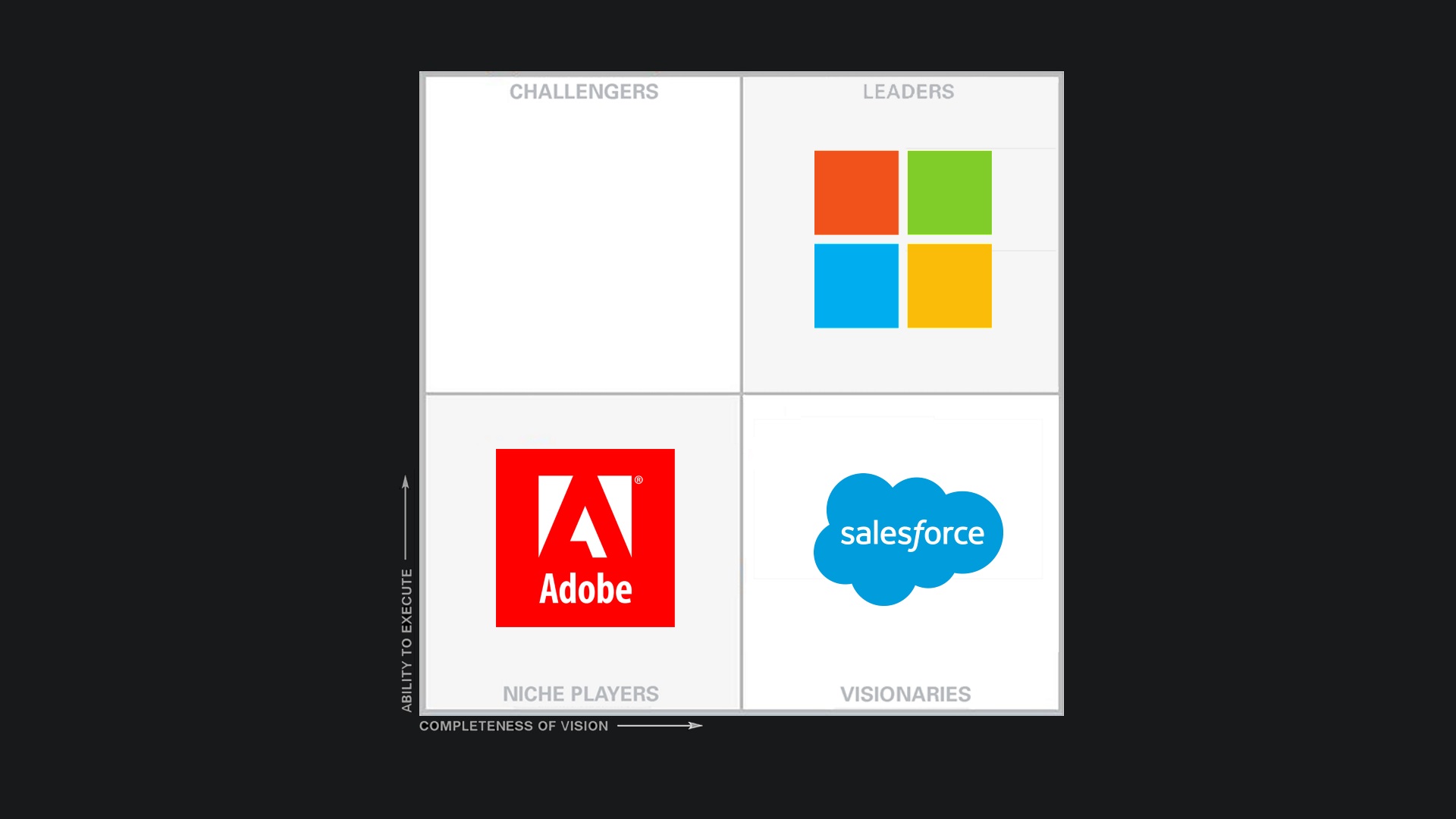
Blog


Evolution of the Digital Workplace
This is an excerpt from Designing Modern Intranets Using Office 365.
A Brief History of Knowledge Work
Every industry has been transformed since the information revolution of the 1990s. Thanks to the Internet, ubiquitous computing, and globalization, virtually every company is now reliant on technology and information to compete.
The term “knowledge worker” was first coined by Peter Drucker in 1957 to describe employees whose primary capital is knowledge. Knowledge workers were considered specialized. They spent most of their time researching, problem solving, and creatively thinking.
Today, virtually every office job relies heavily on knowledge work. A 2006 study estimated that 80% of all North American workers are knowledge workers and that number rises each year. We now live in an “information economy”, where the success of organizations is dependent on their ability to generate and apply knowledge.
Introducing the Digital Workplace
The world is digital, and there’s no going back.

Introduction: Designing Modern Intranets Using Office 365
This is an excerpt from Designing Modern Intranets Using Office 365
Introduction
Over the past two decades, we’ve witnessed the emergence, evolution, and democratization of intranets. Some have been welcomed as successes, others have been abandoned as failures. Most intranets linger somewhere in between, with vocal supporters and detractors.
The best intranets measurably improve employee productivity and morale. They consolidate knowledge, streamline processes, and promote collaboration among teams. Successful intranets enable business transformation, allowing employees to make better, faster, and more autonomous decisions.
Many intranets suffer from problems such as poor usability, confusing content design, technical issues, lack of adoption, and/or unclear governance. While some of these are temporary growing pains, underperforming intranets often lead to dissatisfaction, confusion, and inefficiency.
Fortunately, a combination of factors now makes it easier, faster, lower risk, and more affordable to reap the benefits of a successful intranet than ever. Design philosophies have matured, tools are more capable, employees are savvier, and more turn-key solutions exist.
Whether building from scratch, iterating on an existing platform, or buying a pre-built accelerator, “Designing Modern Intranets Using Office 365” will guide you through the decisions required to provide your team with a Modern Intranet in 2016.
Primer: What Are Intranets?
Before we proceed, let’s set a baseline of what we’re referring to when we talk about “intranets”.
